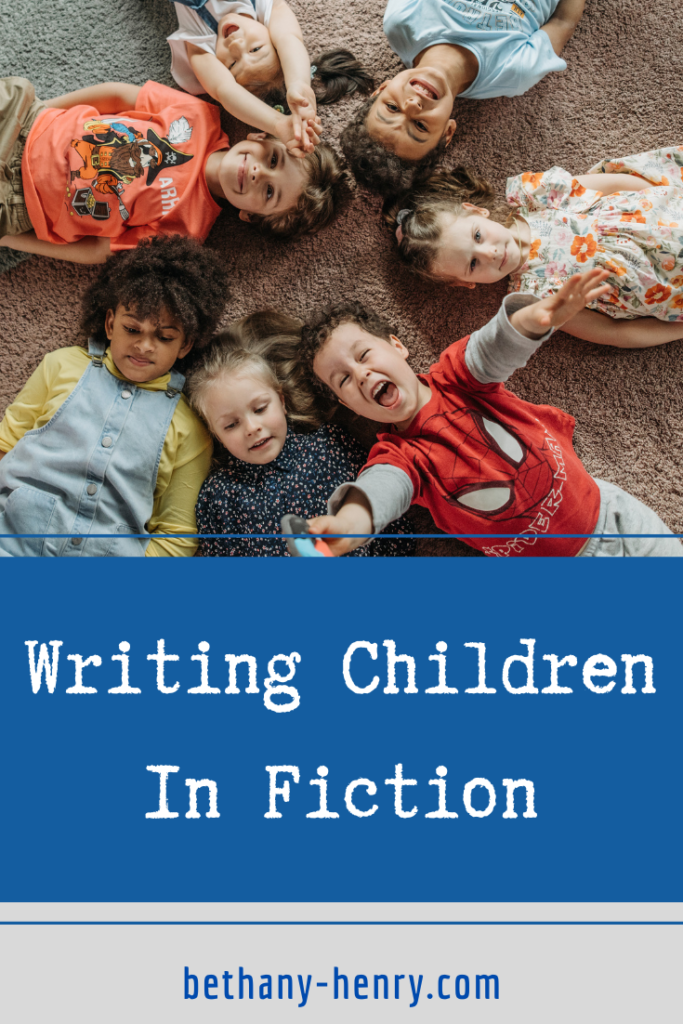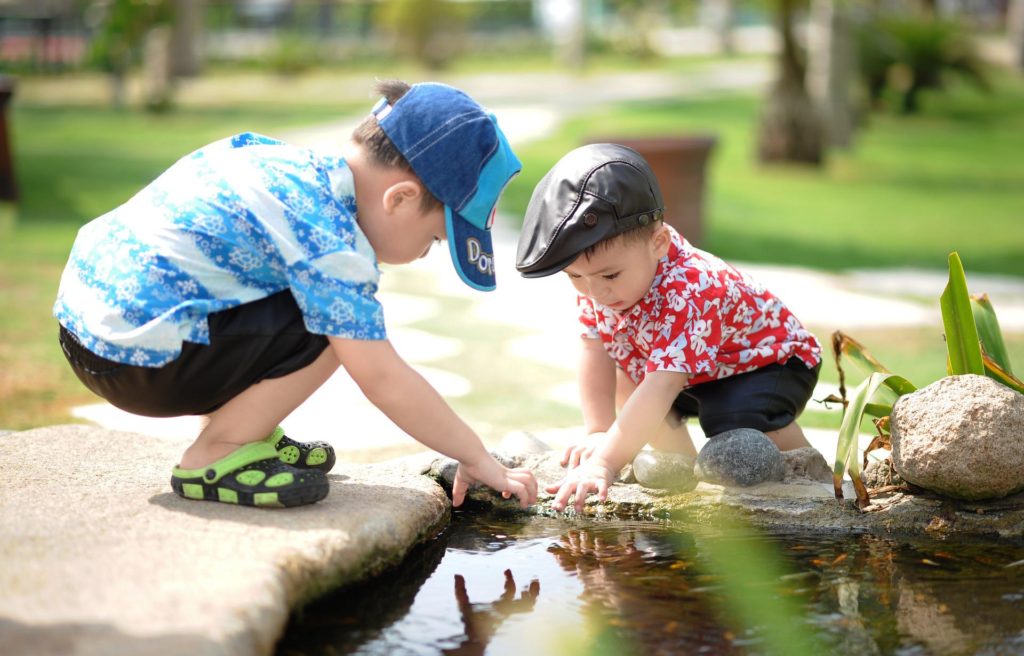
Kids can be lovely but do you know what isn’t lovely? When we see children in books or movies and they’re just… eh.
Writing children in fiction is a tricky thing to do well. And when it’s not done well it can be distracting to the reader and ultimately hurt the story.
Thankfully, we’re brave and bold writers who are always up for a challenge! Writing child characters is totally doable.
Today we’re going to look at 3 aspects of writing child characters in our fiction as well as some common pitfalls to look out for.
As always, feel free to chime in below with your favorite examples or anything I may have missed!
Writing Children In Fiction
1. Know Our Audience
Are we writing a book for children, teens, or adults?
This will shape how we portray the children in our stories.
While a book for teens or adults may strive to portray child characters in a fairly realistic light, a story for children will often portray child characters as the main character and will likely include more wish fulfillment aspects, such as the child being royalty, a spy who can travel independently through the town, or an animal rescuer in the jungle.
2. Know Developmental Information
I recently read a book where an eight year old character occasionally spoke in baby talk, had a “gummy” smile indicating she may not have all her teeth yet, and didn’t know how to write any of her letters. While this may occasionally be the case for an individual, I found this to be very jarring in the story because I currently have an eight year old child who is in 3rd grade, has all her teeth, and writes completely independently and is learning cursive.
The developmental characteristics in the story didn’t match up closely with reality.
Now obviously every individual is different and this is extremely true of children who hit milestones and growth spurts sometimes at radically different times. So we should never expect to “know” how all children “should be” at a certain age.
But we can try to be close, anyways!
Researching the physical and mental abilities and traits at various ages can help us understand a basic ballpark of where our child characters would likely be. Interacting with children of this age can also help us see how this can look in various real-live situations!
All this information can shape our character and help them be believable and real.
3. Develop The Character
Like writing any other character, our child characters should be well developed! They will have their own likes, dislikes, and motivations.
However, we have to remember that the things that are important to an adult may not be the same things that interest a child. Acknowledging that children are different from adults as well as different from each other is helpful in understanding where they are coming from.
As Thoreau said, “Every child begins the world again.”
Questions to help create well-rounded child characters:
- What are they interested in? (This likely consumes much of their thoughts!)
- What is their upbringing and relationship with family? (This is a large impact, especially for younger, dependent age children.)
- What makes them anxious or afraid?
- How do they show these emotions?
- How do they express love or affection?
- What comforts them?
- What do they want?
- What do they not like? (Often an important list!)
- Are they more shy or outgoing?
- What do they do for fun?
- Do they change over the course of the story?
- How much sleep do they need?
- How do they act when tired or hungry?
- What do they do well, either physically or emotionally?
- What are they learning?
- What do they not know how to do?
- How independent are they?

Common Pitfalls of Child Characters
There are a few common ways that child characters can easily miss the mark:
- Overly cutesy/giggy
- Perfect wish-fulfillment character
- Overly wise
- Overly Competent
- Stereotyped tantrums
- Always whining
- Unintelligent or irrational
- Inaccurate developmentally
- Flat character used as plot device
Remember, each character should have their own desires and motivations! Even children (especially children!) have things that they like and don’t like. Keeping these pitfalls in mind can help us create characters that are well-rounded, believable, and interesting.

As with anything, getting feedback can be immensely useful in ensuring we are doing a good job crafting child characters in our stories!
Check out these links below for further reading:
Depicting Child Characters – Mythcreants
How To Write Child Characters – The Novel Smithy
A Guide To Writing Child Characters Authentically – All Write Alright
How To Write Child Characters – Helping Writers Become Authors




